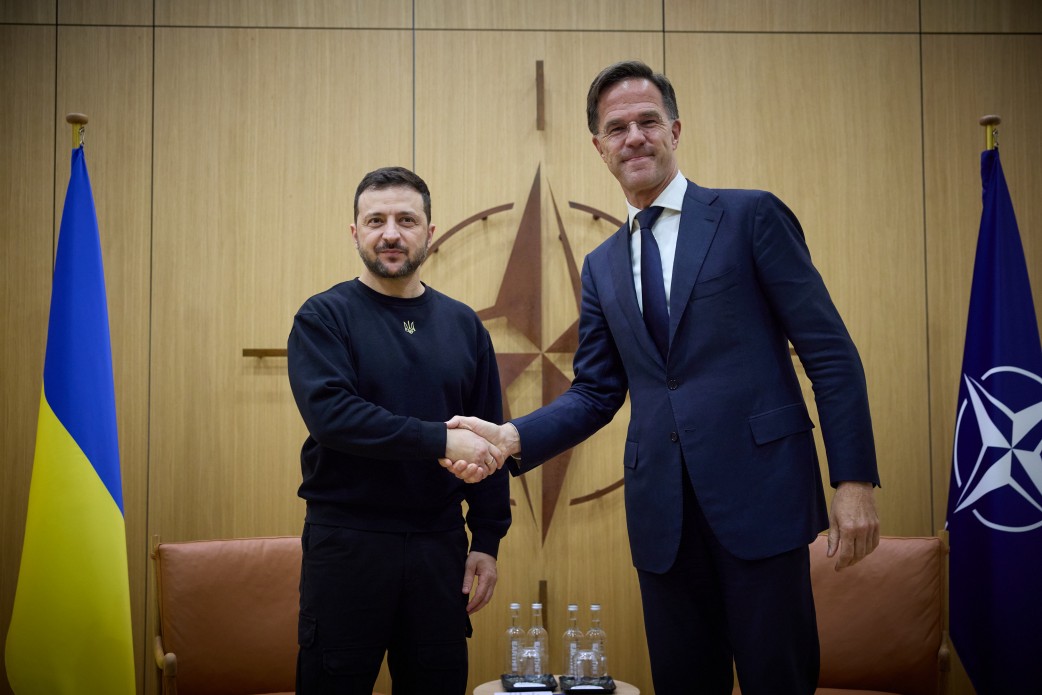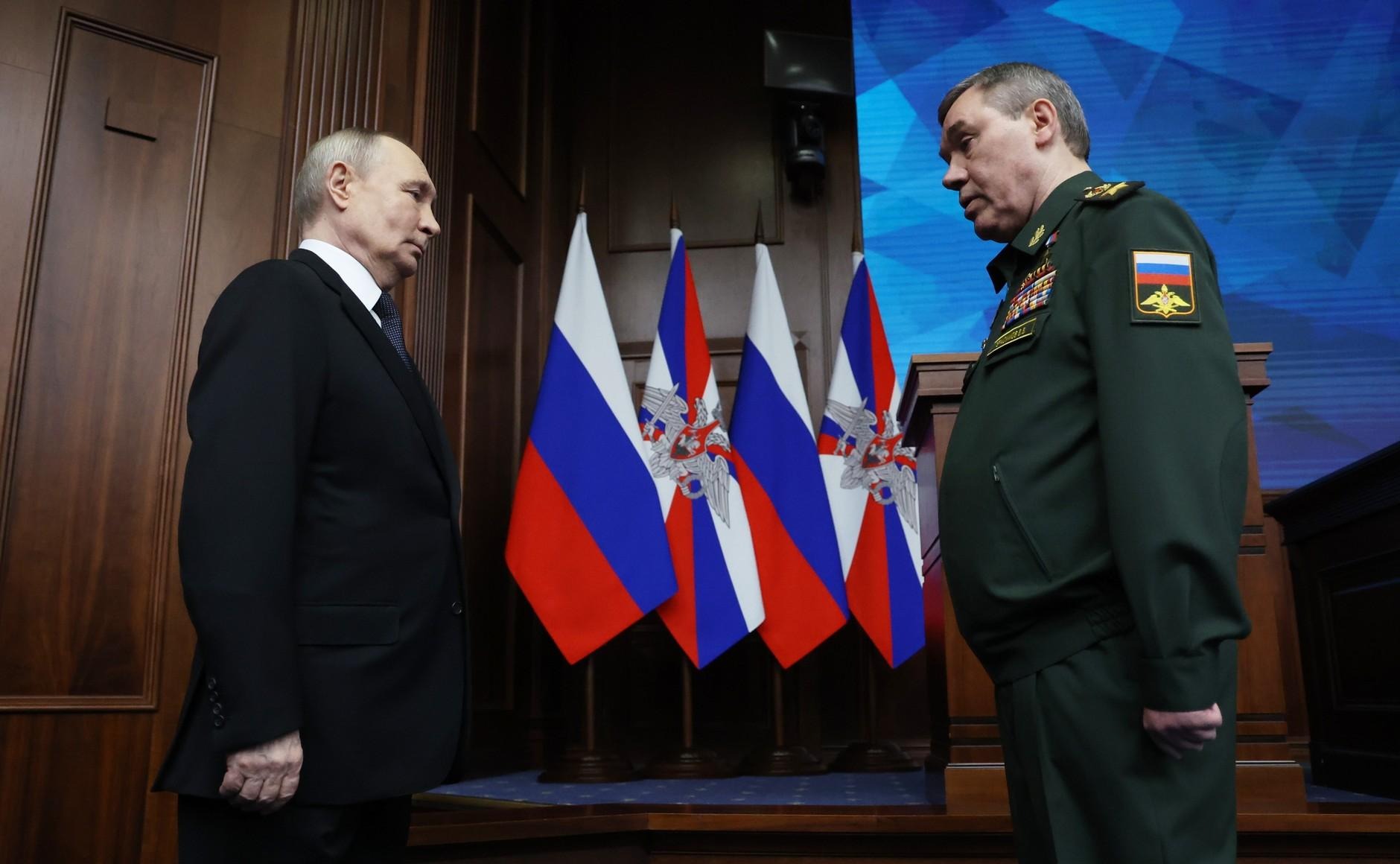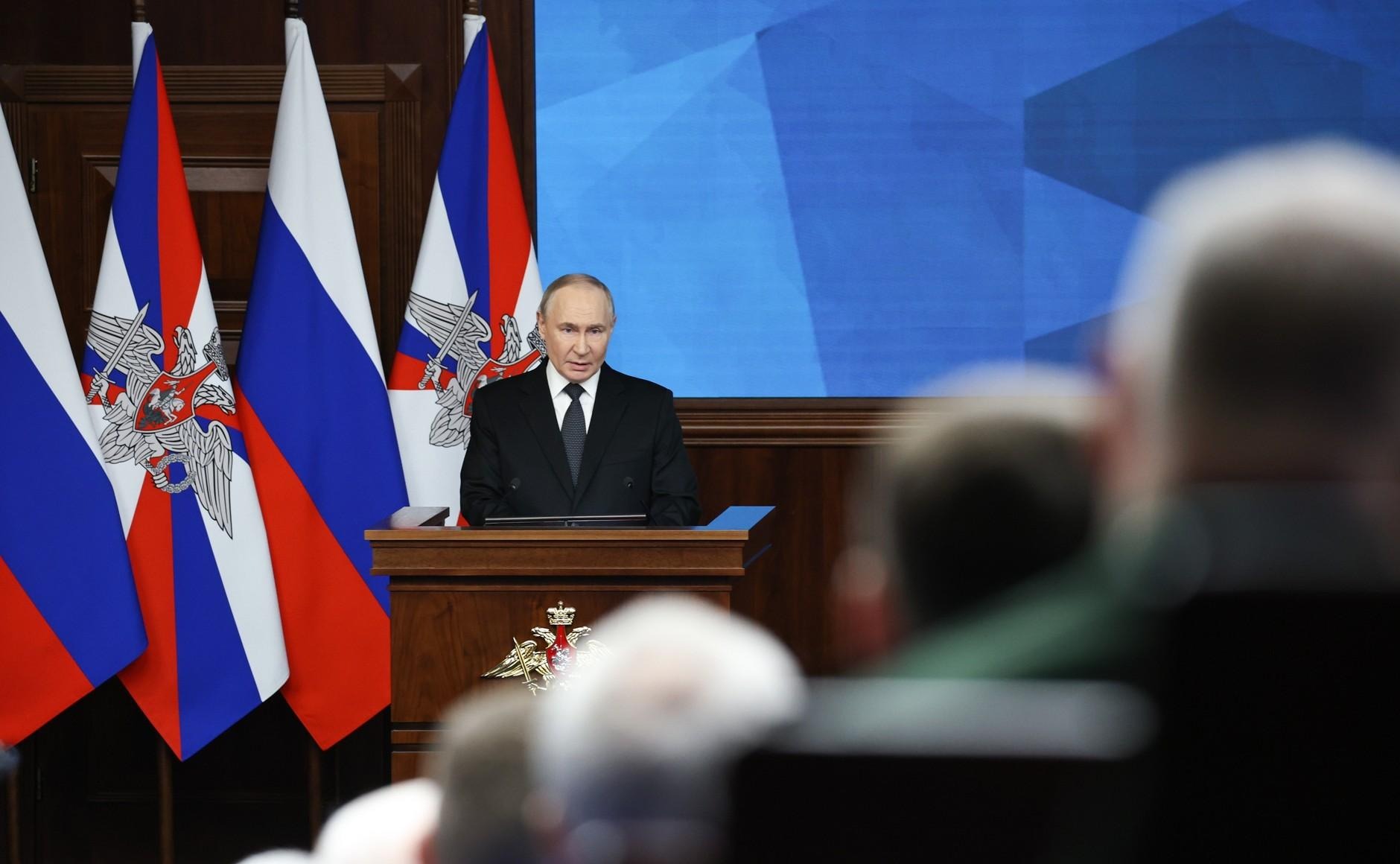
Ukraine’s Victory Plan: Last Chance for West to Reverse Trajectory of Defeat
Ukraine’s Victory Plan: Last Chance for West to Reverse Trajectory of Defeat
Executive Summary:
- Ukrainian President Volodymyr Zelenskyy has unveiled his Victory Plan to stave off incremental defeat under Russian assault. The plan calls for offsetting the war’s imbalance with a surge of Western military assistance.
- Some major parts of the plan are in classified annexes to the published chapters. Three chapters cover Ukraine’s wartime requirements; another proposes a massive program to develop Ukraine’s mineral resources; and the fifth visualizes Ukraine’s pivotal role in Europe’s security architecture.
- Kyiv emphasizes its readiness to negotiate an “end to the war,” but only from a position of strength. The plan reflects Kyiv’s concern that its membership prospects could become an object of tradeoffs in eventual negotiations with Russia.
Ukrainian President Volodymyr Zelenskyy unveiled his eagerly-awaited Victory Plan to his nation from the parliament’s rostrum on October 16. He plans to bring it to a summit of EU heads of state and government in Brussels yesterday, October 17. The word “victory” is meant to sustain the national morale under Russia’s assault. The plan itself should, however, be read by Kyiv’s Western partners in the North Atlantic Treaty Organization (NATO) as an eleventh-hour appeal for action to reverse the looming defeat. The plan’s basic premise is that Ukraine and its Western partners would lose or win this war together.
The plan consists of five chapters, three of which contain secret annexes that are being shared with selected NATO member states. Four chapters address wartime requirements, while the fifth deals with post-war security guarantees to Ukraine (President.gov.ua, October 16).
Chapter One urges NATO to invite Ukraine to commence accession talks immediately. This political gesture “would strengthen not only ourselves but all of us.” NATO would acknowledge that “Ukraine is defending the Euro-Atlantic space” and “show how our partners truly see Ukraine’s place in the security architecture.” This demonstration of resolve would “make the Russian people feel that their Tsar has lost geopolitically.” That said, “We understand that NATO membership is a matter for the future, not the present.”
This appeal amounts to a political test for NATO. It reflects Kyiv’s concern that its NATO membership prospects could become an object of tradeoffs in eventual negotiations with Russia. Zelenskyy seeks, in effect, an insurance policy in the form of an invitation to commence accession talks with NATO before any negotiations with Russia. The US Mission to NATO and the alliance’s Secretary General Mark Rutte promptly turned down Zelenskyy’s request by citing the NATO summit’s July 2024 noncommittal language on this issue (NATO; Voice of America, October 16).
The second chapter covers military assistance and contains itemized requests for weapons and equipment in a secret annex. By all indications, Ukraine needs to turn the flow of military assistance into a surge. The published document identifies Ukraine’s most salient military goals and priorities as:
- Training and equipping Ukrainian reserve brigades with Western assistance;
- Provision of air defense systems to a “really sufficient level” to protect Ukrainian cities from Russian air strikes and “joint operations with our neighboring countries to shoot down Russian missiles and drones within the range of our partners’ air-defense shields;”
- More long-range weapons, as well as lifting restrictions on Ukraine’s use of long-range weapons to hit targets in Russia;
- Providing Ukraine with real-time satellite intelligence data.
The cumulative effect of these measures would “reduce Russia’s capacity to continue this war,” thus potentially opening a path to negotiations.
France has recently launched a train-and-equip program for a Ukrainian mechanized brigade at a French military base. Zelenskyy visited the site while conferring with President Emmanuel Macron on Ukraine’s victory plan (Elysée.fr, October 10). Meanwhile, there is no sign of lifting restrictions on Ukraine’s use of US- and UK-supplied long-range missiles. Kyiv’s proposal for “neighboring countries” to shoot down Russian missiles and drones over Ukraine is, in practice, addressing Poland and Romania. These countries are reluctant to go along in their national capacity unless covered by NATO Article Five guarantees in the event that Russia retaliates against them.
Chapter Three focuses on deterrence and contains its own secret annex. Kyiv is asking Western partners to “deploy a comprehensive package of non-nuclear strategic deterrence on Ukraine’s territory.” It calls for “deterring Russia both in relation to Ukraine and in relation to Europe as a whole,” possibly hinting at extended deterrence to cover Ukraine as well. It argues that effective deterrence makes possible negotiations with Russia and stable coexistence with it.
Presumably, the non-nuclear strategic deterrence package would involve Western-supplied long-range conventional missiles. Russia has vehemently ruled this out since at least 2021 and continues to do so. In this case, Kyiv also seeks a Western commitment to provide such a deterrent before any negotiations with Russia.
The fourth chapter covers natural resources, again with a distinct annex. Kyiv calls attention to Ukraine’s mineral resources, including rare earths and critical industrial metals, such as “lithium, titanium, uranium … worth trillions of dollars.” These resources, along with Ukraine’s globally important agriculture, are “among the key predatory objectives of Russia in this war. … They could either strengthen Russia or Ukraine and the democratic world,” depending on the war’s outcome. Kyiv calls for the United States, the European Union, and G7 countries to conclude agreements with Ukraine on joint protection of critical resources and investments to develop that potential in Ukraine.
Zelenskyy proposes signing such agreements without awaiting a hypothetical “post-war period.” In this view, Ukraine’s resources should maximize Western partners’ interest in securing Ukraine on as much of its territory as militarily feasible.
Chapter Five anticipates a “post-war period.” “After this war, Ukraine will possess one of the largest and most experienced armies. … It should be used for strengthening the defense of the entire Alliance and the security of Europe. … We envisage, if our partners agree, replacing certain US military units stationed in Europe with Ukrainian units after the war. … There are already many signals of support for this, they [unspecified] like this idea very much” (President.gov.ua, October 16)
This part remains shrouded in mystery. No secret annex is mentioned, and there is no report in the public domain on whether Kyiv has coordinated this proposal with Washington or European NATO allies.
The document repeatedly emphasizes Kyiv’s readiness to negotiate an “end to the war,” but only from a position of strength. The Victory Plan is designed to change Ukraine’s current position of weakness to one of strength with a surge of military assistance from Western partners. This prospect, however, looks distant at present.


